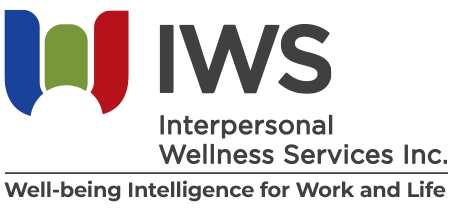Are you finding yourself in the midst of a workplace conflict that seems to have no end in sight?
Do you struggle to communicate effectively with your colleagues when tensions rise? If so, you are not alone. Knowing how to resolve conflict at work is a crucial skill that can make a huge difference in your professional life. Let’s walk you through the impact of negative conflicts on your organization, which can lead to much fear and trepidation when conflict occurs.
The workplace can be stressful, with deadlines, competing priorities, and different personalities all adding to the pressure. Unfortunately, this stress can often spill into workplace conversations, leading to unproductive exchanges and conflicts. This goes beyond just your individual experiences to the entire workplace environment.
Negative Conflict Patterns
In an organization, the quality of conversations can significantly impact how it operates and how one feels within the work environment. Among team members, negative conversation patterns, such as criticizing, dismissing concerns, or avoiding certain topics, can increase stress and conflict.
This negative tension can increase the longer it takes to resolve the conflict. In my book, Hurt, Upset, Angry, Frustrated: Surprising ways to Understand and Deal with Your Conflict, I outlined the progression of conflicts, outlining how they go from interpersonal to alignment with several people becoming involved, leading to pitting groups against each other, then if not resolved these types of conflict can escalate into protracted conflicts where dehumanizing of the other takes place.

Negative Conflict Escalation
Having consulted on several of these protracted conflicts, they are challenging for everyone concerned. Often, employees forget the original cause of the conflict, although they are still embroiled in bitter disputes and sabotaging behaviour towards each other.
Another mistake leaders make when embarking on conflict resolution at work is sending the principal parties for mediation, thinking that would address the situation. This will work for a while, but sadly, those who have aligned with those parties have a big part to play in resolving the conflict, and they often need to have their own grievances heard and addressed in a similar session. Without this, they are not ready to let go of the conflict. Since they were not involved in the mediation or resolution option and have not had the opportunity to address their concerns, they often continue with the old conflict approach.
Do not underestimate the impact of negative conflicts on employees' productivity, attention span, and the incidence of errors and mistakes. Conflict feeds on negative energy to expand, and while energy is being expended to conflict, there is very little left for high performance.

Leaders Role Reducing Negative Conflict Escalation
Leaders, your role in conflict resolution is crucial. You have the power to improve your responses to conflict, to understand how to intervene before conflicts escalate, and to avoid actions that inflame and escalate conflicts. I address this issue in my courses on the conflict resolution at work course series here, empowering you to make a positive difference in your organization.
As you examine a conflict at work, keep these things in mind and consult with an expert to ensure you are addressing the important aspects and can reduce the negative effects of the conflict in your resolution efforts.
If you are looking for conflict resolution support, we are happy to help you navigate the options for resolution.
Questions to Ponder
Is someone on your team needing to improve their conflict resolution skills?
Action Steps
Explore our conflict resolution at work courses and share them with someone in your network.
To Your Wellness
Joyce

